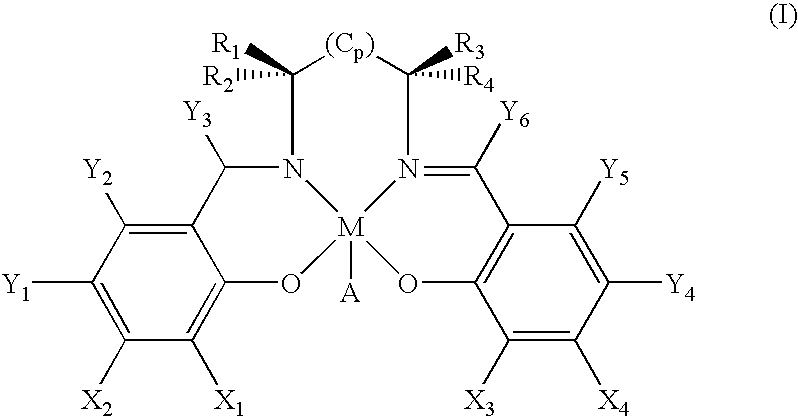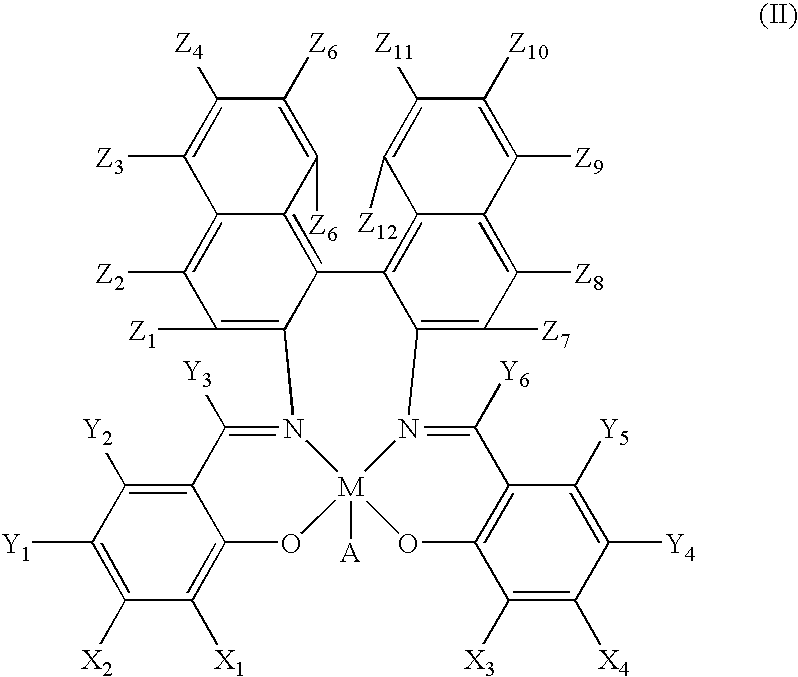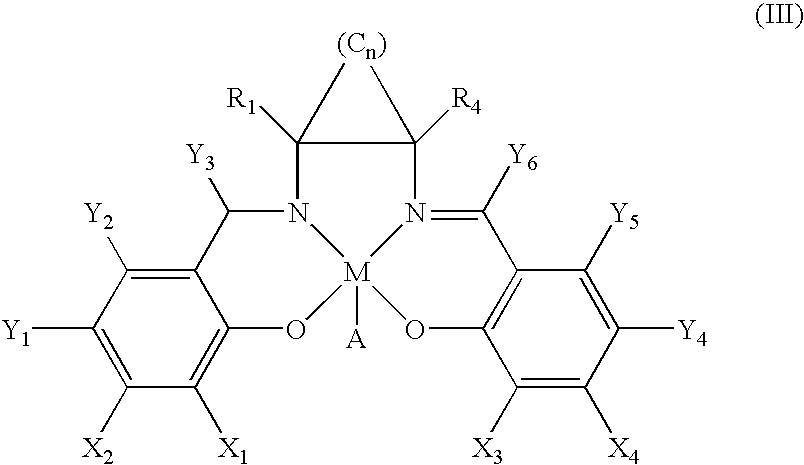Method of treating cancer
- Summary
- Abstract
- Description
- Claims
- Application Information
AI Technical Summary
Benefits of technology
Problems solved by technology
Method used
Image
Examples
experiment 1
[0094] Antioxidants are antiproliferative against malignant human cell lines.
[0095] A. M1619 melanoma cells stimulated with 10% fetal bovine serum (FBS) were plated at a density of 50,000 cells per well and antioxidants were added to wells at the indicated concentrations (mM or U / ml). After 48 hours, proliferation was quantitated by assessing the cell number-dependent reduction of the soluble yellow tetrazolium dye 3-[4,5-dimethylthiazol]-2yl-2,5-diphenyl tetrazolium bromide (MTT) to its insoluble formazan, measured as the absorbance at 540 nm (A.sub.540). The antioxidants tested included no antioxidant (control, i.e., FBS alone), 1000 U / ml SOD, 20 mM NAC, 500 U / ml, 1000 U / ml, and 3000 U / ml of catalase, and boiled 3000 ml catalase.
[0096] B. In a separate experiment, 2 .mu.l / well of DMSO (served as control), 5 .mu.M, 10 .mu.M, and 25 .mu.M Ebselen were tested on M1619 melanoma cells as described above, except that the cells were cultured for 72 hours before proliferation was measured...
experiment 3
[0103] Antioxidant treatment reduces constitutive nuclear DNA binding activity for NF-.kappa.B in malignant cell lines.
[0104] Confluent cultures of M1619 cells were lysed, nuclear protein was isolated and electrophoresis mobility shift assay (EMSAs) were performed as described, using 32P-labeled consensus oligonucleotide 5'-AGTTGAGGGGACTTTCCCAGGC-3' and 3'-TCAACTCCCCTGAAAGGGTCCG-5', specific for the p50 component of NF-.kappa.B.
[0105] M1619 cells demonstrated prominent constitutive nuclear DNA binding activity for NF-.kappa.B (FIG. 3A, lane 1). At least three distinct bands were observed. Supershift experiments demonstrated that the second band (FIG. 3A, lane 1, arrow) contained p65 (lane 2) and p50 (lane 3) NF-.kappa.B components, but not p52 (lane 4), Rel-B (lane 5), or c-Rel (lane 6).
[0106] For competition assays, M1619 nuclear protein was incubated with .sup.32P-labeled NF-.kappa.B consensus oligonucleotide alone (FIG. 3B, Lane 1), or with .sup.32P-labeled NF-.kappa.B consensus ...
experiment 4
[0112] Antioxidants inhibits the nuclear translocation of NF-K B in tumor cells.
[0113] Confluent M1619 cells were fixed in paraformaldehyde, permeabilized stained using an antibody to the p65 component of NF-.kappa.B and a streptavidin-biotin-immunoperoxidase based method outlined in the text, viewed under light microscopy using a green filter to enhance contrast and photographed at 980.times. magnification. Control untreated cells showed intense brown staining in nearly all nuclei, corresponding to the presence of anti-p65. See FIG. 4A. In contrast, cells treated for 24 hours with 3,000 U / ml catalase demonstrated anti-p65 brown staining in cytoplasm but little staining in nuclei. See FIG. 4B. The nuclei from catalase treated cells also display greater detail, with prominent nucleoli, not seen in untreated cells shown. In addition, cells treated for 24 hours with 150 .mu.g / ml of apocynin (FIG. 4C) and 250 .mu.M dicumarol (FIG. 4D) were also studied using anti-p65 by the same method....
PUM
| Property | Measurement | Unit |
|---|---|---|
| Antioxidant | aaaaa | aaaaa |
Abstract
Description
Claims
Application Information
 Login to View More
Login to View More - R&D
- Intellectual Property
- Life Sciences
- Materials
- Tech Scout
- Unparalleled Data Quality
- Higher Quality Content
- 60% Fewer Hallucinations
Browse by: Latest US Patents, China's latest patents, Technical Efficacy Thesaurus, Application Domain, Technology Topic, Popular Technical Reports.
© 2025 PatSnap. All rights reserved.Legal|Privacy policy|Modern Slavery Act Transparency Statement|Sitemap|About US| Contact US: help@patsnap.com



